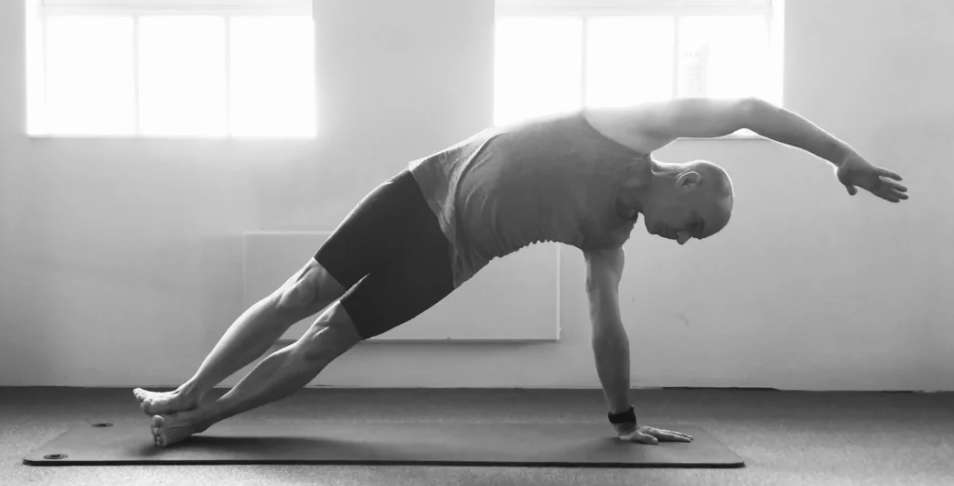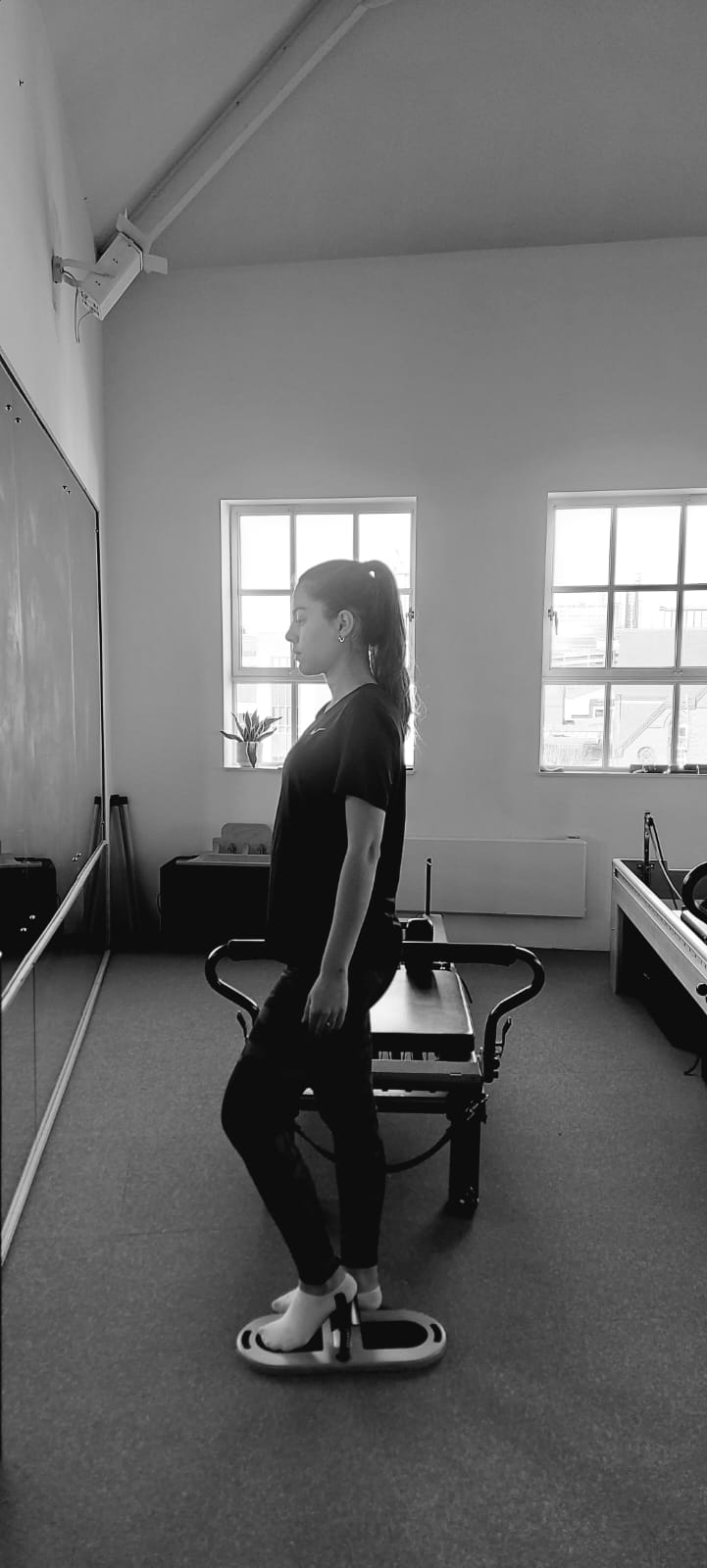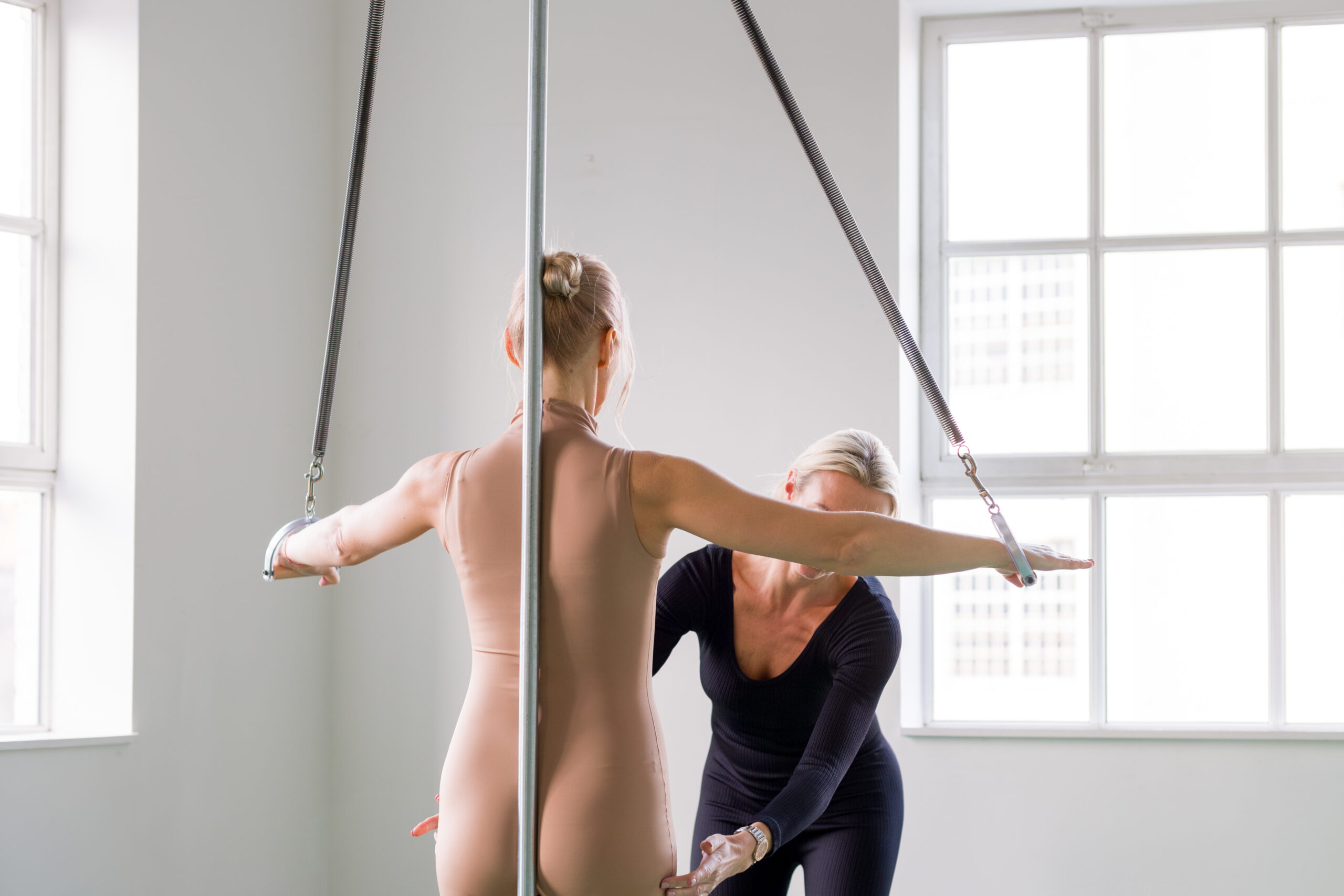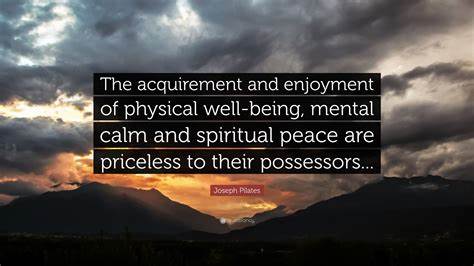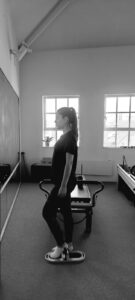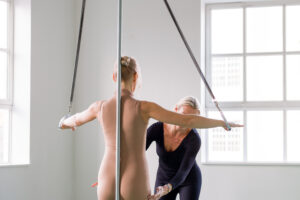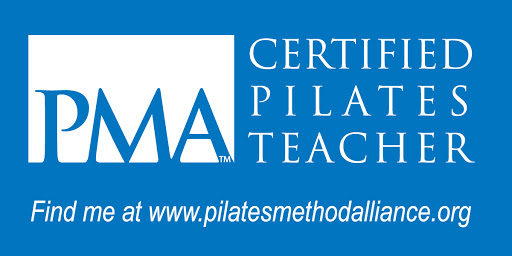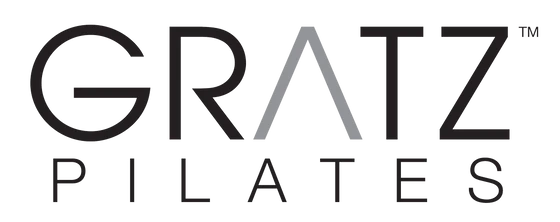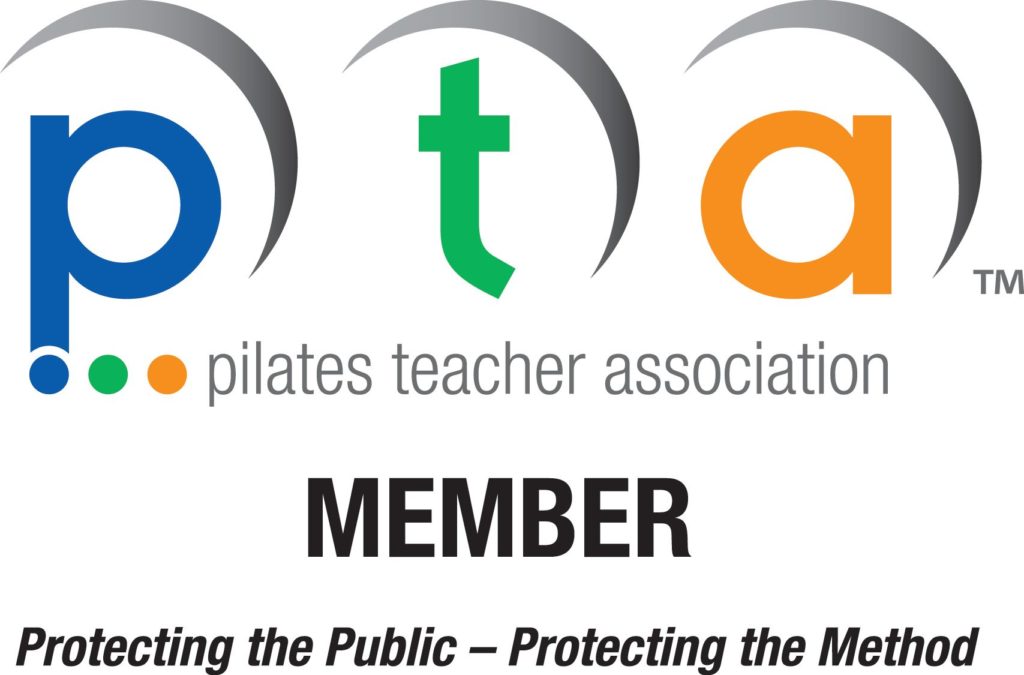Workshop: Starters' Mat
Who is this Pilates Workshop for?
This totally practical workshop is similar to our other workshops for Reformer. It’s for anyone that is interested in finding out what Pilates is all about. This workshop is about connections. Connections between the exercises and the connections between the Pilates Mat and the other apparatus.
It’s perfect for first timers, those just starting on their Pilates journey and teachers that wish to deepen their understanding of the Pilates Method.
You will do more or less according to your level of familiarity with the Pilates method – so it’s totally adaptable to your level.
Numbers are limited to just four participants.
These workshops are not suitable for you if you are pregnant or have an acute injury.
If this is you, we suggest booking a One on One First Lesson. Find out more here.
What's in the Workshop?
For full details and sample of the handout: click here.
This isn’t a group class, or a full on workout, instead it’s a practical exploration of the Pilates System – it IS practical.
In this workshop we’ll be looking at the Foundational Mat exercises on the Mat and how they connect to all the other apparatus: Reformer, Wunda Chair, Tower, Cadillac, Barrels.
We’ll look at variations and modifications (and their families) that make the exercises more accessible or more challenging.
We’ll also discover how a dedicated Pilates Mat with Straps and Handles changes the exercises adding challenges and allowing us to feel the physical connections better.
There is a suggested learning order and practice order.
Booking...
But first, a little about Pilates...
People often think that "Mat Pilates" or "Reformer Pilates" are totally different...
... in fact, they aren't at all
The reason that people think that Mat & Reformer Pilates are two different things is partly due to how the Pilates is marketed and promoted.
Pilates becomes modularised
Instead of being taught as a whole Method or System, teacher training schools like to modularise. This makes sense: selling courses as modules so much easier because it is cheaper. It also means that potential Pilates teachers can spread out the cost of their training, taking one module at a time.
As a result of this, Pilates itself becomes “modularised”: there are exercises that you do on the Mat, The Reformer, The Wunda Chair, The Ladder Barrel, The Spine Corrector, The Trapeze Table… that is how I was initially taught in my first teacher training.
Each piece of apparatus then becomes a different “thing” – totally disconnected from the other pieces.
This makes it cheaper & more accessible – a good thing
Because it is cheaper, it also makes Pilates more accessible: you can have large groups of people paying a small amount of money for classes. In addition, other than a mat, there is no expensive apparatus like Reformers, Wunda Chairs, Barrels or Cadillacs to buy.
Making Pilates accessible is GOOD THING, but the method becomes diluted.
But the apparatus doesn’t get a mention. – bad thing
In the UK, just about all Pilates teacher training schools have completely jettisoned the apparatus in favour of the Mat only Pilates. Therefore, teachers don’t learn anything about the apparatus – in fact it doesn’t even exist.
This is a great shame. The Mat Work is less than 10% of the Pilates Method in total – some people even claim 7%. That means more than 90% of the Method is not learned by teachers working in the fitness industry.
And these trainers are keen to advertise their courses as quality courses. so they won’t advertise the fact the more than 90% of the Pilates Method is omitted.
And then, the original Mat exercises are hard…
The original Pilates Mat exercises from Joseph Pilates’ book: ” Return to Life through Contrology” are hard. You can think of them as the summary of the whole system.
So, let’s change the exercises to make them more accessible
Because the training schools want to make Pilates “accessible” – which I’d like to stress once again, is a good thing – trainee teachers don’t learn the original exercises, but Pre-Pilates exercises. These aren’t holistic full body exercises, but isolate parts of the body, the movements are often smaller and slower.
In the end, there’s nothing of the Pilates’ Method left
Having removed the apparatus from the equation and having removed the original Mat exercises from the equation, teachers are learning to teach something that whilst it might be very useful and much needed, bears no resemblance to Pilates’ own creation.
How did this happen?
This all happened as a result of a lawsuit in which the judge, rightly or wrongly, judged that Pilates was generic exercise and could not be trademarked or copyrighted. Find out more here.
sample
Here it is! What we'll be doing 🙂
This is the Foundations of all Pilates.
Traveller: be wary - Foundations or Basics doesn't mean easy. Many of these exercises are very challenging!
The actual contents of the workshop are omitted to protect intellectual property
The main focus is on doing lots of Mat. But in addition, we’ll be looking at four other things so that we see the Method as a unified system:
- The six exercise families: we start with just two.
- A suggested learning order
- The practice order for Foundational Mat.
- For each exercise:
- Connection to the previous exercise in the family
- Connection to the previous exercise in the Practice Order
- Building Up & Challenges
- The Mat Around the Studio: connections to the other apparatus
Coverage depends on the relative experience of participants.
1. These are the exercises we'll be looking at
We will be looking at the following exercises in this order. At the end, we’ll practice them in the original order from “Return to Life”.
We’ll cover more or less material depending on your level of experience.
The Learning Order | The Practice Order “The Order of Things”: |
The One Hundred The Roll Up One Leg Circles prep One Leg Circles Rolling Back One Leg Pull Bent Double Leg Pull Bent Spine Stretch Forward Seal without Beats Single Leg Pull Straight Teaser prep 1 Teaser prep 2 Teaser prep 3 Teaser prep 4 Single Leg Kick Back Saw Intro to Push Up Open Leg Rocker prep Open Leg Rocker Intro to Neck Pull Side Kicks Set Up Side Kick Up & Down Side Kick Front & Back Side Kick Small Circles | The One Hundred The Roll Up One Leg Circles Rolling Back One Leg Pull Bent Double Leg Pull Bent Single Leg Pull Straight Spine Stretch Forward Open Leg Rocker prep Open Leg Rocker Saw Single Leg Kick Back Intro to Neck Pull Side Kick Front & Back Side Kick Up & Down Side Kick Small Circles Teaser prep 1 Teaser prep 2 Teaser prep 3 Teaser prep 4 Seal without Beats Intro to Push Up |
2. Here is a Sample from the Handout.
Rolling Back Exercise:
Learning Order #4 “Rolling Back” aka “Rolling Like a Ball” from One Leg Circle
- Exercise Family: #1 in Rocking Stability Thread
- Connection to the Previous Exercise in the Family: it’s the first exercise
- Connection to the Previous Exercise: This builds on the stability needed for the One Leg Circles. Now, the entire body has to become stable and the strength of the Powerhouse is needed to maintain the same shape throughout the rolling and the pauses. This exercise uses the stability of the body to open out the spine and use of the breath helps this
- Building & Challenge Variations
- Building Up:
- Hands behind Thighs
- Intermediate:
- Full Roll to Shoulders
- Pauses
- Accents
- Advanced
- Roll Into Teaser
- Roll into Jackknife
- Roll to Standing
- Building Up:
Connections Around the Studio:
Reformer: Stomach Massage Round Back, Short Spine Massage,
Baby Chair: Hug Seated
Cadillac PTB: Monkey, Spring on Top Lying on Back
Ladder Barrel: Leg Stretch Front Knee Bent Up Standing in Well
Arm Weights: Door Closer Heels Together & Toes Apart Standing
3. What are Exercise Families?
Exercise families help you understand the main objective of each exercise. That keeps everything really simple.
These are families that connect exercises with similar objectives. There is an order to the families which reflects their relative difficulty. You’ll usually learn the easier exercises before the more challenging.
At Foundational Level, the most important exercise families are Stability and Mobility – that’s why it’s “Foundational”.
- Spinal Stability: 9 exercises of 42
- Spinal Mobility: 8 exercises of 15
- Rocking: 3 exercises of 8
- Extension: 1 exercise of 24
- Twisting: 1 exercise 14
If you liked this content...
If you have found this material useful, why not find out more by booking a “First Lesson”?

